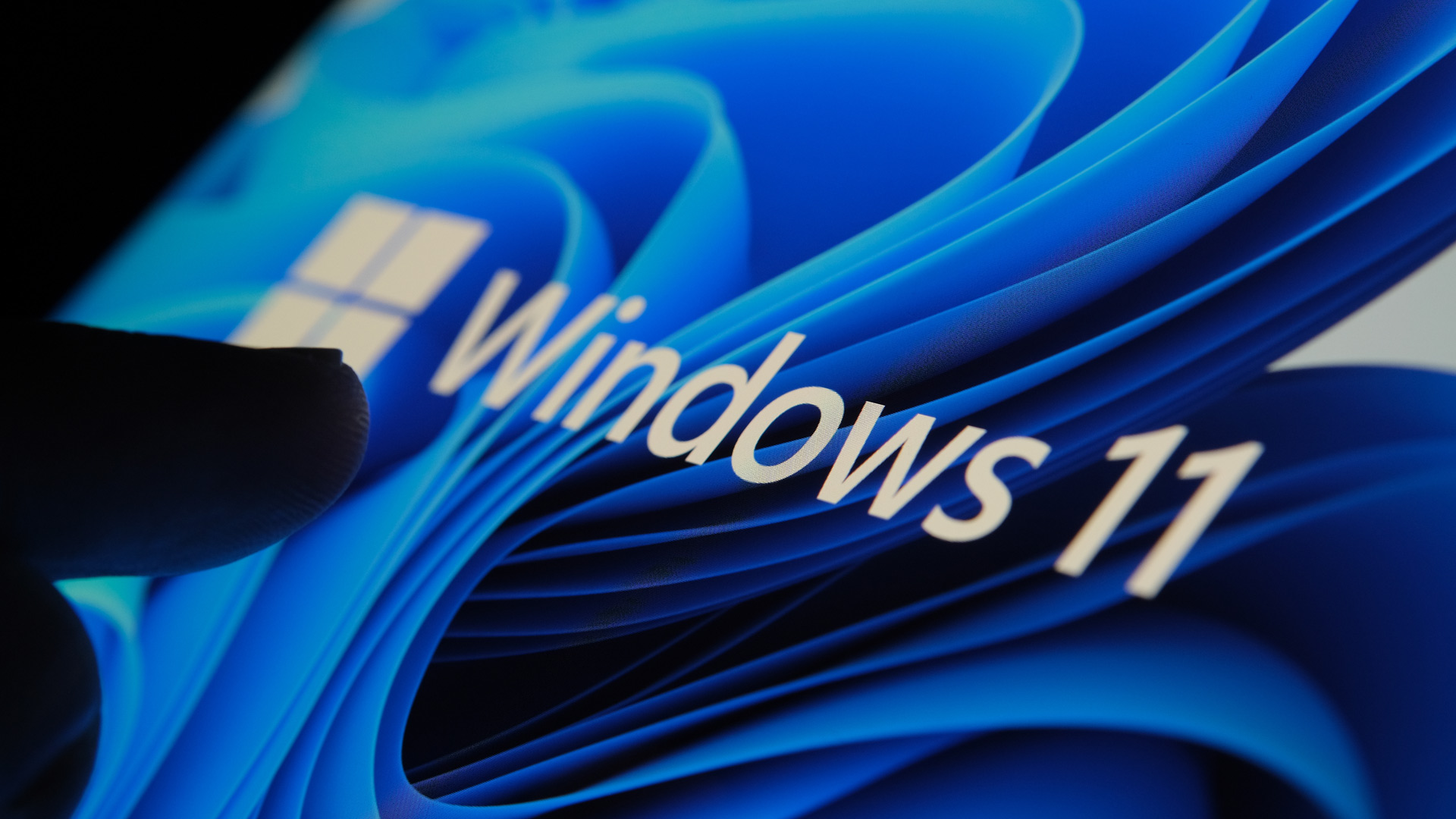Is Windows finally awesome?
Opinion: Maybe not, but, with Windows 11, it's getting better all the time

Windows finally feels awesome and it's mostly thanks to Windows 11 -- but also the result of a decades-long journey that's had more than its share of wrong turns.
That's it, that's my point. Okay, maybe there's more to it than that.
Recently one of my children asked me if they should upgrade their laptop to Windows 11. Without hesitation, I answered, "Yes, that's what it's built for." What I meant is that their less-than-year-old ASUS laptop is designed to take advantage of the best Microsoft has to offer. Upon reflection, though, I realized that rarely have I ever answered that question with such assurance.
A long road
Over the decades, Microsoft has built, torn down, and rebuilt Windows multiple times. Sometimes the changes are so extreme that I hesitate to recommend an upgrade. Windows 8, for instance, was a wrong-headed excursion into gesture-based computing. Tiles stampeded across the touch-centric interface, and the beloved Startup button vaporized. Why?
Windows 10 was a welcome return to classic Windows design principles and stability, and Windows 11 is more of a big swing for Microsoft. With its centered interface design and refashioning of some of Window's most iconic elements like the File Manager, Photos, and Notepad, it's just the kind of upgrade that might normally lead to frantic hand-waving as I warn family and friends off from an unfamiliar platform.
Yet, even before my child asked about Windows, I found myself looking at my wife's new Windows 10 PC in our shared home office, wondering if I should update it, too. When my wife asked me about the update, I told her, yes, I should probably do that soon.
Later I thought, "Have I lost my mind? What if she hates the new interface?"
Sign up for breaking news, reviews, opinion, top tech deals, and more.
Honestly, I don't think she will. Despite a significant interface overhaul and a slightly bumpy start (surprise incompatibilities with legacy hardware, system slowdowns, lost volume controls, spotty Bluetooth and Wi-Fi connections), this has been one of the smoothest Windows updates in recent memory.
This may be due, in part, to Microsoft's relatively quick action on these persistent bugs, the work it's doing to improve even the way we update Windows, and clarity on why things go wrong.
By the numbers
According to Microsoft, there are now over 1 billion people currently running Windows 10. What's less clear is how quickly people are switching to Windows 11, which officially launched late last year.
A quick, non-scientific poll on Twitter, run across both my and TechRadar's Twitter accounts, makes clear that Windows 11 uptake is strong. Sure, more than half of all respondents are still running Windows 10 (a shocking 4.4% said they're running Windows XP but I think they might be kidding -- I hope). The 35% already running Windows 11 is eye-opening.
The fact that so many people would choose to trust Microsoft and install (or buy new systems running) this still-new operating system is a testament to the relationship Windows 10 helped build between Microsoft and its customers.
Windows 10 has been a solid if unremarkable platform that, in my experience, has worked reliably for years. At a system level, it's been more reliable and secure than most Windows iterations before it. It's a platform that can run, without a reboot, for days on end. Even without third-party security software, Windows 10 and 11 are better at beating back software threats than ever before (though they could still do more to protect users from socially engineered phishing attempts and ransomware attacks).
Clean and simple-r
Windows 11 leaves most of the subsystem intact and focuses on a cleaner, more focused interface with a more 21st century look across almost every element, including some that haven't been touched for years.
Despite all that, there's work left to do. It's frustrating that you can still dig down to the Device Manager, Registry Editor, and Microsoft Management Console and, like stepping into a time machine, see interfaces that have barely changed since 2001 -- especially for those of us who know where to look for these things.
For most Windows users, though, they're seeing what Microsoft wants to present and being pleasantly steered by a new interface model that puts your controls dead center (I'm less of a widget fan - but those are hidden off-screen, so who cares?). What's more impressive is that Microsoft does this without making you miss the classic lefthand corner start menu.
Between all of this and the Edge browser (which I recommend to all my family and friends), this feels like Windows' moment, a time when it's ready to be its best self and enjoy a nice clean run of wide-scale adoption.
Smooth sailing until Windows 12.

A 38-year industry veteran and award-winning journalist, Lance has covered technology since PCs were the size of suitcases and “on line” meant “waiting.” He’s a former Lifewire Editor-in-Chief, Mashable Editor-in-Chief, and, before that, Editor in Chief of PCMag.com and Senior Vice President of Content for Ziff Davis, Inc. He also wrote a popular, weekly tech column for Medium called The Upgrade.
Lance Ulanoff makes frequent appearances on national, international, and local news programs including Live with Kelly and Mark, the Today Show, Good Morning America, CNBC, CNN, and the BBC.